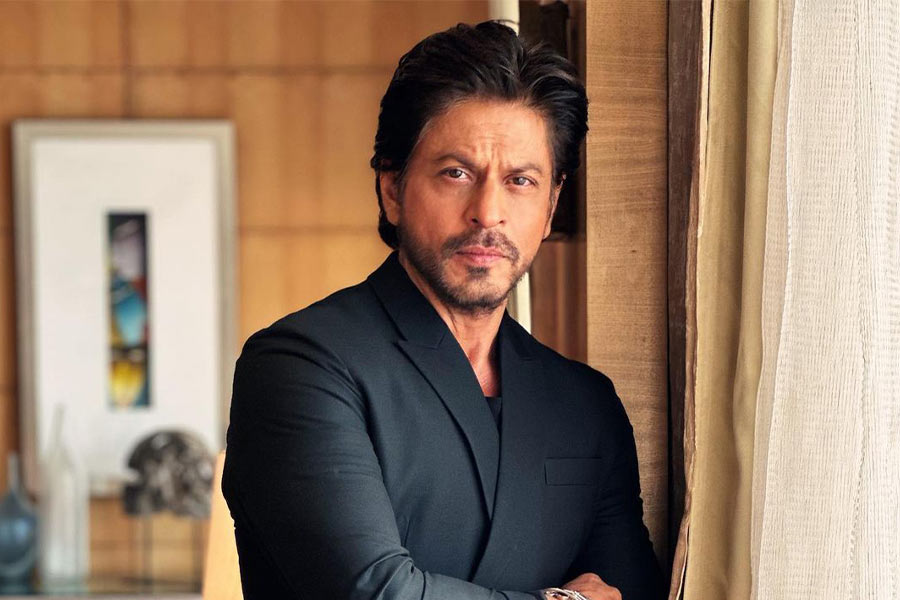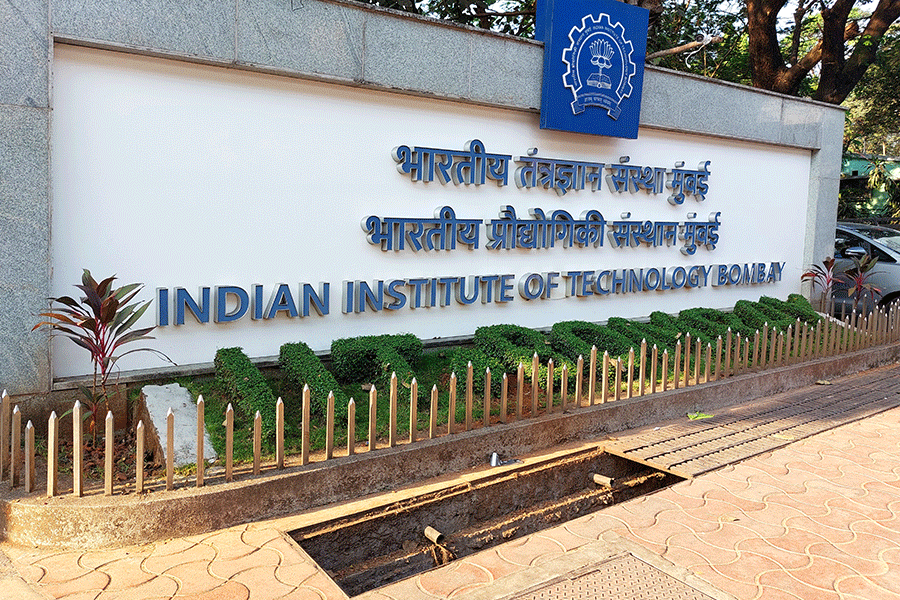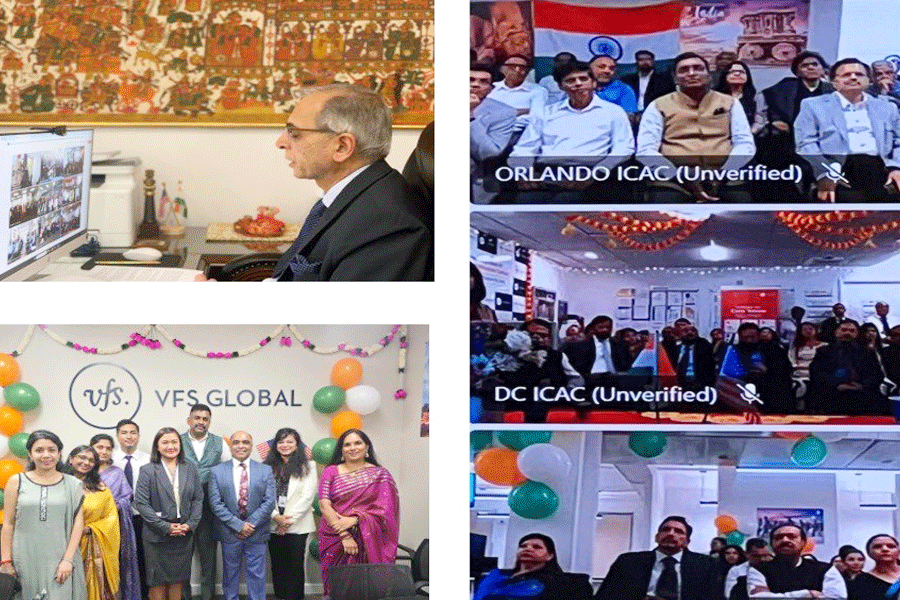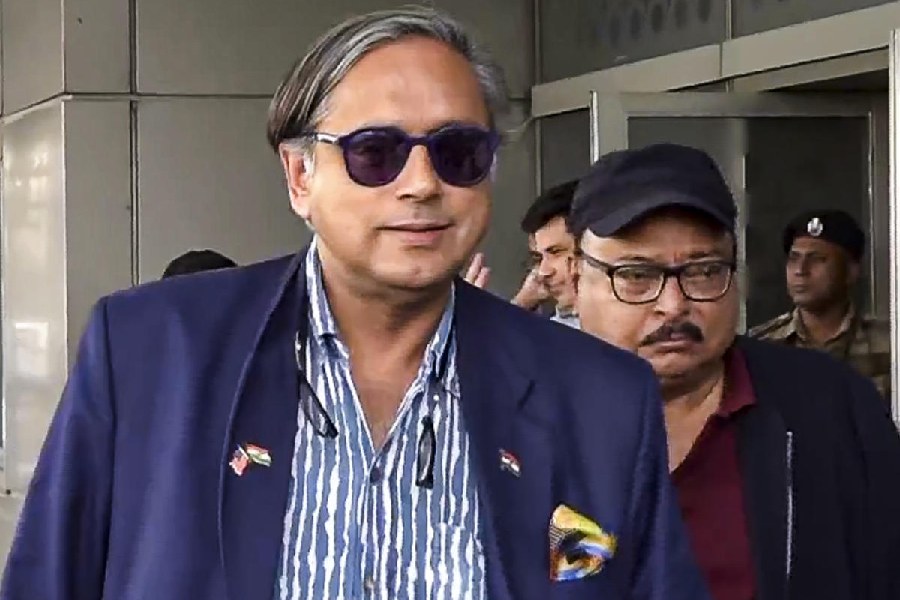 |
The writers and artists whose work I admired I made it a point to avoid. I can think of instances, but the earliest one I remember involves running into Nirad C. Chaudhuri in Oxford in a bank, and telling him I’d received a package meant for him by mistake. I was a graduate student, and he was animated and gracious; he at once invited me to his house. I never went, shy but also resistant to being quizzed about Chablis or Mozart, and mailed the package to the address he’d dictated to me (which I’d inscribed on the back of my cheque book). Despite the onrush of emotion I once experienced during these encounters, I had, and still have, a temperament in such matters opposite to that of Holden Caulfield, who, upon reading Out of Africa, realized there was no one he wanted to be friends with more than Karen Blixen. I — generally — steer clear of those whose work I like.
This, anyway, was the case until my recent rediscovery of Mani Kaul. The fact is that I avoided not Mani Kaul — I didn’t know him — but his movies in the late Seventies and early Eighties, when I became aware of them. Now I regret not knowing the man: because any tribute I might have liked to make I’d have preferred to have made when he was alive. I wasn’t entirely unacquainted with his style. I caught the last five minutes of Uski Roti when Doordarshan, in the early Eighties, took it upon itself to introduce its viewers to ‘great Indian films’. Those five minutes, in which a Sikh driver sits grumpily in a truck and manages to communicate very little to a woman who has for some reason been desperately expectant of his arrival, confirmed my fears. Around the same time, I saw Kaul’s Duvidha in London, on BBC 2. I viewed it with a jaundiced eye, concluding it was overly stylized and pretentious. I was 22, had already become a follower of Satyajit Ray’s films, and wasn’t ready for Kaul.
But it’s clear I was prejudiced. Partly, this had to do with the cult around Kaul. His acolytes seemed to have hardly anything intelligent or unsentimental to say about him; as is often the case in India, fulsome admiration was expressed in the terms of a freemasonry, in a kind of ‘us’ and ‘them’ rhetoric. The rhetoric also had to do with battalions ranged on the side of Ritwik Ghatak against Satyajit Ray, the former seen to be the more authentically Indian and more political filmmaker. Ghatak had been director at the Film and Television Institute of India in Pune, and Kaul was his student, and then a teacher at FTII; so Kaul was evidently in the Ghatak camp. These fault-lines threatened to eclipse the larger, equally well-worn, rivalry: between commercial and what came to be known as ‘parallel’ cinema. Despite the occasionally high-minded discourse of art-house film students, the positions — as in politics, academics and Durga Puja committees — were familial, related to which clan or group you were in, and who your patriarchal figurehead was. Indian students with famous teachers aggrandize them as tribal totems without illuminating or challenging their work: so, very little was said in these discussions that persuaded you about what was worthwhile in Kaul or Ghatak. Also, the term ‘parallel’ cinema did an artist like Kaul no favours, given that it included everything that didn’t have singing heroines in it, from the middle-brow realism of Shyam Benegal, the uneven and apocalyptic social drama of Govind Nihalani, to Kaul’s extraordinary and individual vision.
Mani Kaul entered my consciousness again in 2011, when he died. At that time I was struck by the curious shape of an age that had long ended and been not just thoroughly forgotten but discarded — an age larger-than-life in some ways in its time, whose magisterial projects gone wrong included the NFDC and the FTII itself. Kaul’s death caused that era to raise its head in a last, deceptive surge of life, before it sank again. And related questions arose in the head. Was Kaul really a metaphor for a specific milieu and its irrelevant ambitions and nothing more? Could he be reduced to a stylistic tic of a particular age? The comments that circulated about Kaul at the time of the death were, as ever, semi-bewildered: referring to a man who had been in unnatural thrall to slowness and boredom. I felt this must be true, but a part of me was impressed by the idea of a man who had been in thrall to anything at all, and decided I’d one day investigate.
This curiosity about Kaul then gestated within, so that, when I noticed, last year, that Emirates was showing Uski Roti for some reason among its Bollywood movies, I decided — despite a certain nervousness — that I’d watch it. Death had freed the film of admirers and detractors. The effect, on that long-haul flight, was extraordinary, as is the case when you encounter the genuine article — and, importantly, when you’re ready for that encounter (as I was on the Emirates flight). The genuine article, whatever it might seem to bear a resemblance to, is sui generis. So I found with Uski Roti, a film made in 1969, and which still requires a language adequate to it. Possessing neither the column inches nor the language, I’ll put a few jottings down. The film (about a truck driver whose only reason for contact with his young wife is to collect his food or roti, and who also has a mistress) is indeed slow — or subjected to deliberate retardation. So slow, in fact, that there are times you feel you’re looking at a photo album. As with the album, both the images and the juxtapositions draw you in. An album’s narrative is implicit; its impact derives from the way clusters of similar-seeming pictures are arranged from page to page. In Uski Roti, disconcertingly, the near-still pictures move intermittently, with fast and slow movements. Stillness invokes the private rapture of confronting a photograph, as a memory is recognized or even engendered; movement, in the film, suggests contemporariness and, sometimes, Godard, as when the bus driver smokes, looks at a magazine, or the camera notices the cut-out of the cherub pasted to his windscreen, which hovers, is motionless, and travels simultaneously. Kaul takes from the short-story writer Mohan Rakesh (who’s his screenplay writer) some of the strange sophistication of the nayi kahani, bringing together, implausibly but beautifully, North Indian rural life with a luminous European-style symbolism. Kaul’s vision of this landscape, and especially of women’s faces, shows us that beauty, for him, is hardly ever timeless and organic: it is urbane, sophisticated and constructed. Both the landscape and the women, in Uski Roti, emanate intelligence.
Duvidha (1973) I saw on another Emirates flight, well after digesting Uski Roti. I remembered, from my viewing from three decades ago, the predominance of red: the film retells a Rajasthani folk-tale in which a young newlywed husband travels to another village, leaving his bride behind. A ghost takes on the form of the husband and cohabits with the bride, until he’s found out on the husband’s return. In a sense, the film’s about what men have long suspected: the envious desire the gods and the dead have for earthly existence. On another, it’s about the fictional equations we make between fidelity and happiness. But what was fresh in my mind from Uski Roti, and what I hadn’t noticed thirty years ago, was Kaul’s eye for colour, shadow, and abstraction — in a way that negated neither mortality nor life. In Duvidha, Kaul becomes the first artist to give conscious cinematic expression to the fact that the Indian modern, since the mid-19th century, has been drawn to religious or folk iconography not because of reasons to do with ‘Indianness’ or tradition, but because that iconography contains within it a free play of abstraction, form and synecdoche. When an educated Bengali says, “I love the traditional image of Durga, I don’t like the newfangled icons,” what he or she means is that the ‘traditional’ image is integral to the beauty of Bengali modernity: the pratima’s face comprises the outlines of eyes and the mouth and little else — it is synecdochal, near-abstract, and therefore beloved to us. Duvidha illuminates, like few films have, the creative paradoxes inherent in our perception of the ‘traditional’.
A couple of months ago, googling Kaul, I came upon a 20-minute lecture he gave at the Kerala Film Festival, in which he attacked the deep legacy of the European Renaissance in India: manifested, I believe, in our undue reverence for history and realism, and our exaggerated demand for citizenly responsibility when it comes to a work of art. Kaul pointed to another direction — which is why I regret not looking for him when he was alive.










